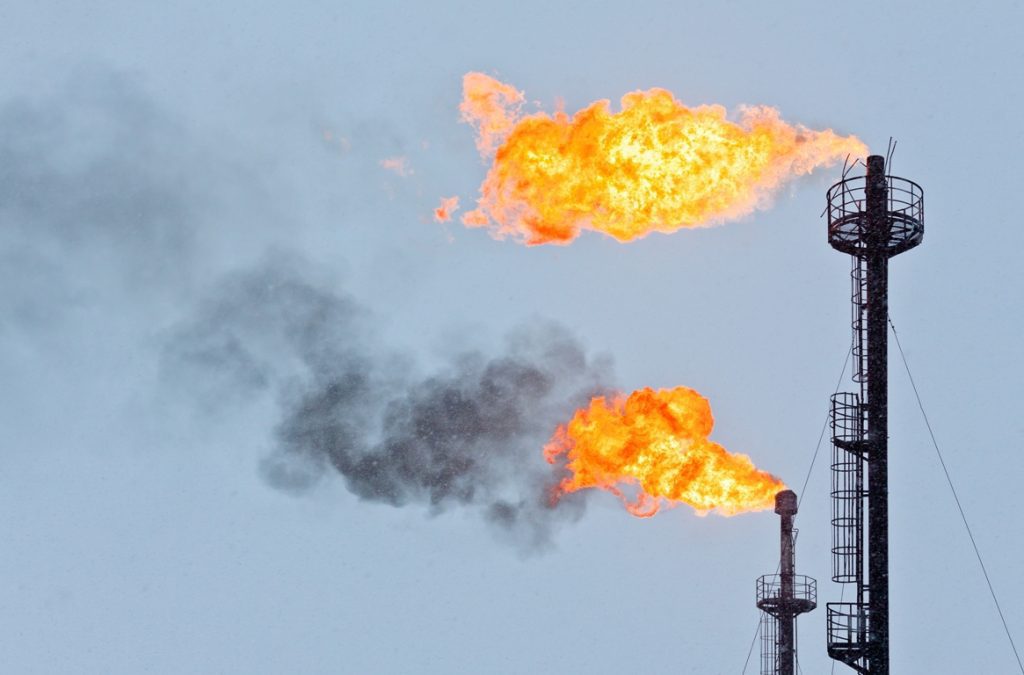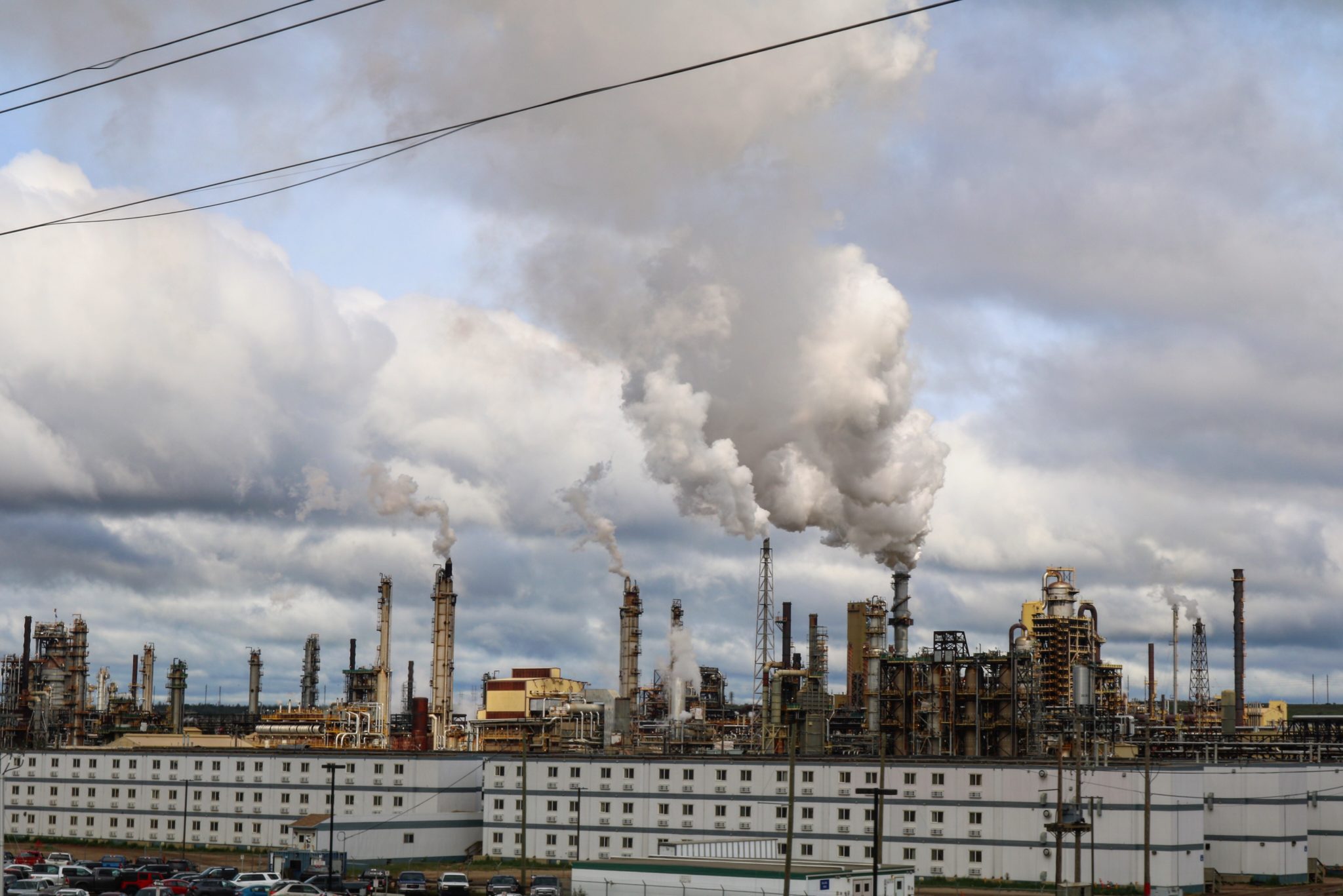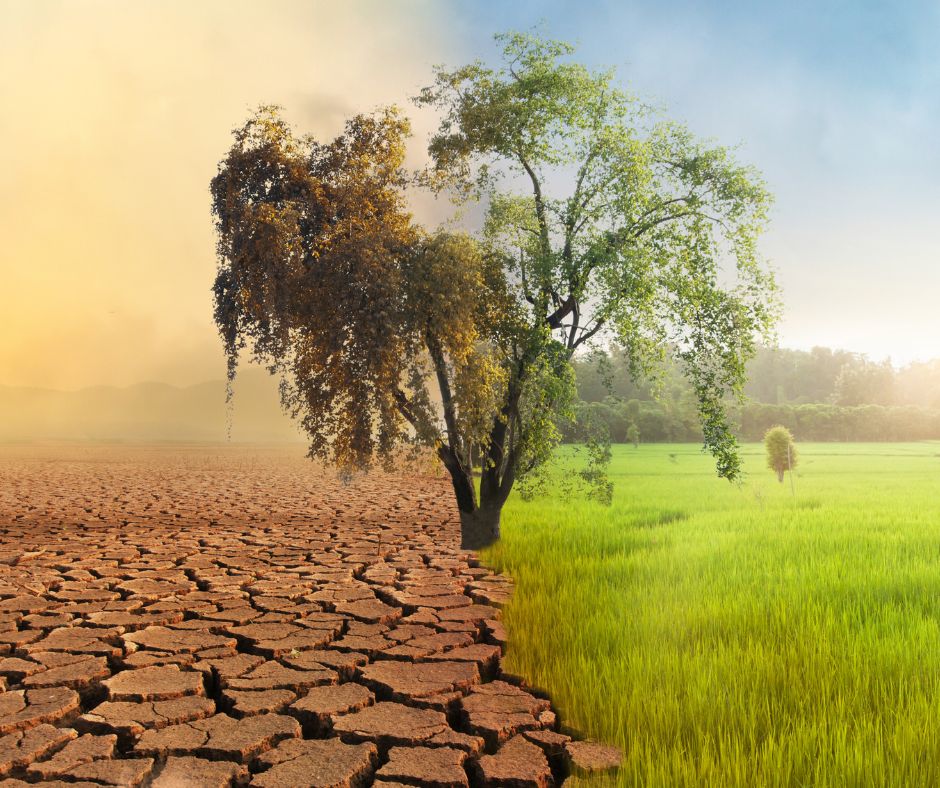Did you know that oil and gas emissions are the largest and fastest growing source of carbon pollution in Canada? Emissions from the oil and gas industry in Canada now account for nearly 30 per cent of Canada’s greenhouse gas emissions.
With every year that passes, emissions from the production of oil and gas continue to rise. From 2005-2021, oil and gas emissions in Canada increased by 12 per cent, while other industries, such as electricity and heavy industry, reduced their own pollution during that same period.


In 2021, recognizing the urgent need to address the industry’s carbon pollution, the Canadian government committed to limit and reduce oil and gas emissions at a pace and scale needed to keep global average temperatures to below 1.5 degrees Celsius. The proposed emissions cap, expected to be implemented by the end of 2023, is our best shot to do what the industry has been unwilling to do thus far on their own – reduce emissions from the production of oil and gas.
A majority of the Canadian public supports putting a firm limit on oil and gas emissions. About 70 per cent of people in Canada want a cap on oil and gas pollution to ensure the industry takes on its fair share of the climate effort.
In over two decades, Canada has never successfully met an emissions reduction target. With the oil and gas emissions cap, we have a strong opportunity to finally break this shameful pattern. If designed and implemented correctly, the emissions cap will rein in the ever-rising oil and gas pollution. On the other hand, Canada won’t meet its climate targets without a robust and ambitious cap on pollution from the oil and gas sector.
For decades, the largest and fastest growing source of carbon pollution in Canada – the oil and gas industry – has had a free pass to pollute without any consequences. Why? Because oil and gas companies used their influence to weaken and delay climate policy.
A handful of oil and gas CEOs are now looking to do the same to the emissions cap, because it could make them actually take responsibility for their pollution. Oil and gas companies continue to rake in record-breaking profits, but are choosing not to invest in reducing their pollution, despite their public “net-zero” claims.
It is time that Canada’s oil and gas industry does its fair share of climate action. In a global context, Canada’s fair share domestic emissions target is 60 per cent reduction in emissions from 2005 levels, by 2030. At the very least, the oil and gas emissions cap should meet the federal government’s target for the entire economy, which aims to cut emissions by at least 40-45 per cent from 2005 levels by 2030.
Anything less than Canada’s whole-of-economy target would mean that other businesses, communities and households would have to bear additional burden. To achieve Canada’s climate targets, all sectors need to be accountable for doing their part – and that includes the oil and gas sector.
The Emissions Cap can future-proof Canada’s economy
To protect Canada’s economy in a global market that is moving away from fossil fuels, we need ambitious climate policies. Contrary to the oil and gas industry’s scare tactics and misinformation campaigns, recent research shows strong climate action will increase job growth in the energy sector, helping to create over 700,000 more jobs.
Blocking and delaying climate policies, a tactic we’ve seen again and again from the oil and gas industry, just shows their lack of care about their own workers. As the world pivots to cleaner energy, there will be a steep decline in global oil demand. Jobs in the oil sands and oil production in Canada are set to decrease by at least 93 per cent between 2025 and 2050, regardless of what climate policies are in place.
A cap on carbon emissions will also lead companies to invest in projects – such as low-cost efforts to stop methane leakage – which can generate jobs. It will also provide certainty that businesses can count on. Currently, oil and gas companies are not reinvesting their record profits in cleaning up their pollutants, which results in missing out on job creation opportunities.


An emissions cap is good for the economy, the environment and Canadians’ health. The cost of inaction is immense. Not acting on climate is estimated to cost Canada $25 billion in GDP losses by 2025. Scientists say we can’t afford any more delays on climate action – we need faster and deeper emissions cuts to prevent the worst of climate catastrophes.
The Canadian government measures the social cost of greenhouse gasses by calculating the financial impacts of climate pollution on the Canadian economy. This social cost calculates the damages from various climate change impacts, including wildfires, extreme weather events, human health effects, property damages, etc.
The current social cost of carbon is $261/tonne, which means that in 2021 (the latest data we have in Canada), the production of oil and gas cost our society a whopping $50 billion
A way forward
The Canadian government is facing a critical decision that will impact the health of our climate and our economy. Will it continue to let the oil and gas industry off the hook for its pollution, with a weak emissions cap? Or will it stand up to a handful of oil and gas CEOs and listen to the wishes of the vast majority of people in Canada who support an emissions cap?
The right choice will lead to a stronger economy, a safer climate and healthy communities. Let’s hope the federal government remembers who it is accountable to – the Canadian public, not a small handful of oil and gas CEOs. Let’s hope Canada builds a better and brighter future for all of us, not just wealthy executives in corner offices, collecting massive bonuses while wrecking our climate.
Take Action: Tell Canada to stop Big Oil from polluting our climate!







